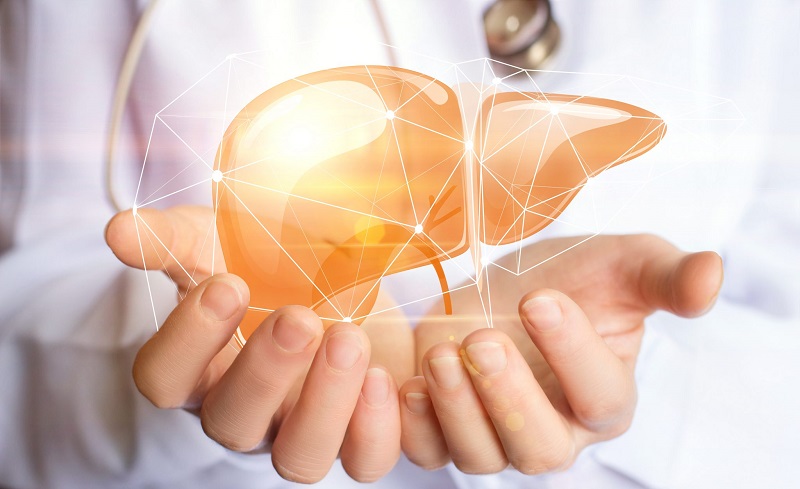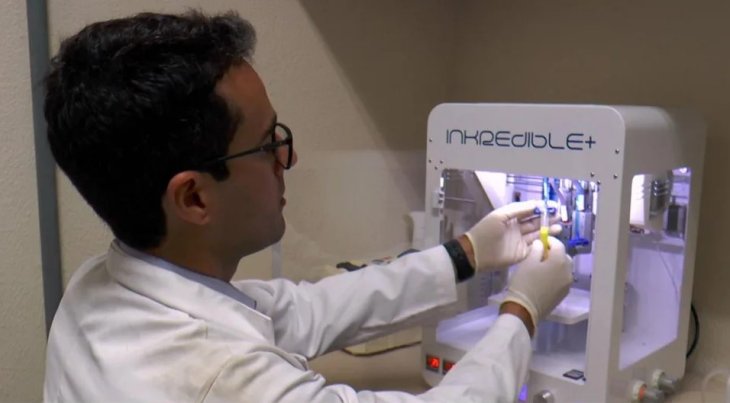Researchers Have Successfully 3D-Printed A Miniature Liver That Is Functional
Harin - Dec 23, 2019

Researchers at the University of São Paulo’s Human Genome and Stem Cell Research Center only require 90 days to make the miniature liver.
- India’s First 3D-Printed Building With Indigenous Construction Materials
- KFC Plans To Make 3D-Printing Chicken And Add It To Their Menu
- Scientists Use Math To 3D Print The World's Strongest Steel
With a process that is similar to 3D printing, researchers can use cells and biomaterials to artificially create tissues. Scientists, through bioprinting can create a lot of things, from bones, skin to meat, and organoids. Researchers from Brazil have successfully bio-printed what is called mini-livers that are able to perform all the functions just like a normal liver.
The printed organoid can do a lot of things, from producing vital proteins, storing vitamins, to secreting bile as well as other functions of a liver. Researchers at the University of São Paulo’s Human Genome and Stem Cell Research Center only require 90 days to make the miniature liver.

In the study which can be found in the Biofabrication journal, the researchers wrote that in order to find a new method for printing organoids, they needed to use different bioengineering techniques. Normally, for bioprinting, bio-ink which is made up of cells, as well as other biomaterials, is used to layer-by-layer print tissues. The process is similar to 3D printing.
Rather than just cells, clumps of cells called spheroids were used in the bio-ink. Using spheroids considerably extended organoids’ life since they could prevent contact between cells from disappearing.
Researcher reprogrammed blood cells that they obtained from three participants to create induced pluripotent stem cells. They then transformed the stem cells into vascular cells, hepatocytes and mesenchymal cells which form the liver’s hepatic tissues. Researchers then mixed the spheroids which consist of these cells with a hydrogel-like fluid and created the bio-ink.
Mayana Zatz, HUG-CELL’s director explained:

Featured Stories

Features - Jul 01, 2025
What Are The Fastest Passenger Vehicles Ever Created?

Features - Jun 25, 2025
Japan Hydrogen Breakthrough: Scientists Crack the Clean Energy Code with...

ICT News - Jun 25, 2025
AI Intimidation Tactics: CEOs Turn Flawed Technology Into Employee Fear Machine

Review - Jun 25, 2025
Windows 11 Problems: Is Microsoft's "Best" OS Actually Getting Worse?

Features - Jun 22, 2025
Telegram Founder Pavel Durov Plans to Split $14 Billion Fortune Among 106 Children

ICT News - Jun 22, 2025
Neuralink Telepathy Chip Enables Quadriplegic Rob Greiner to Control Games with...

Features - Jun 21, 2025
This Over $100 Bottle Has Nothing But Fresh Air Inside

Features - Jun 18, 2025
Best Mobile VPN Apps for Gaming 2025: Complete Guide

Features - Jun 18, 2025
A Math Formula Tells Us How Long Everything Will Live

Features - Jun 16, 2025
Comments
Sort by Newest | Popular